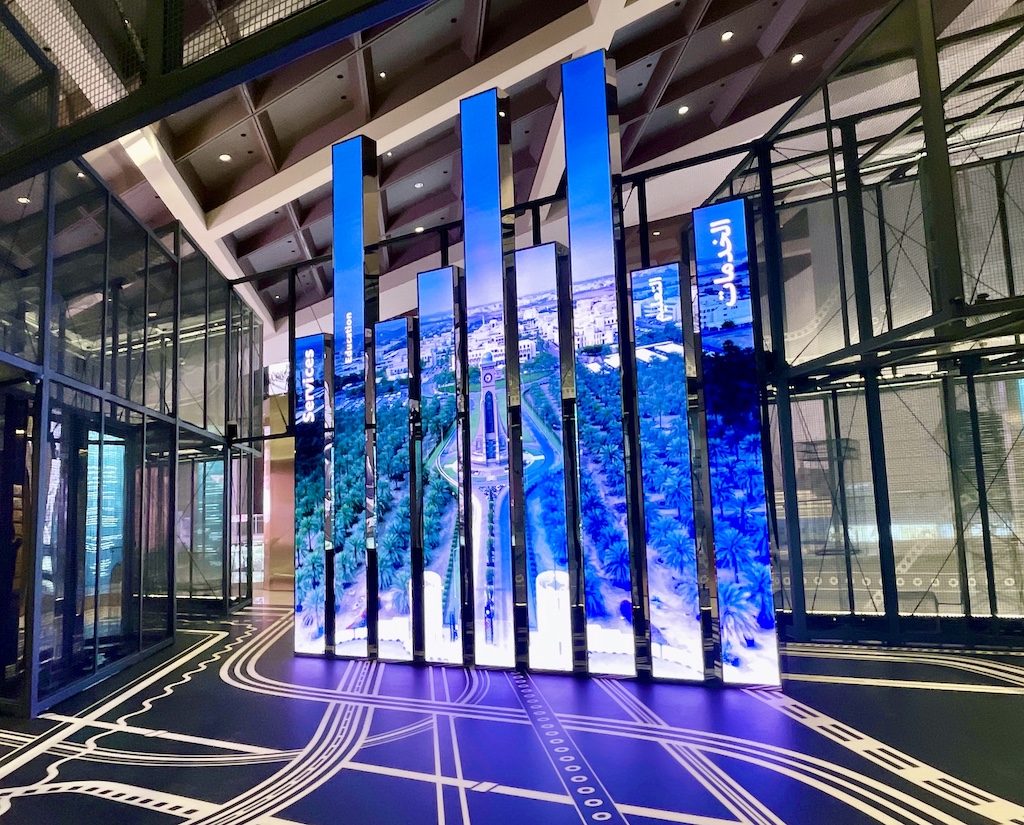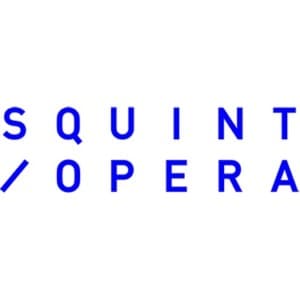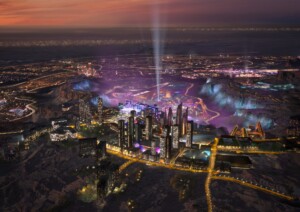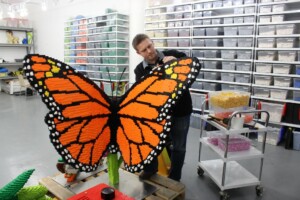Squint/Opera, the creative studio, has been reflecting on its biggest project to date, working on the Oman Across Ages museum which opened to the public earlier this year. Following this, the team has shared some insights into managing large, high-stakes projects.
Every studio eventually reaches a completely different level of project, one that takes many teams, multi-year Gantt charts, millions of files, terabytes of photos, and months and months of client review meetings to complete.
The planning and execution of museum permanent exhibition rooms can take a decade. They must be relevant and engaging for 20 years and expect millions of visitors. National identity is typically conveyed at this scale, making the subject matter delicate. Creative businesses live for these expansive, demanding, varied, and powerful highwire walks. But they may also be exhausting and frustrating for clients and agencies.
Large-scale immersive experiences
“It’s difficult to convey the sheer size of the building,” says Ben Townsend, project director, talking about Oman Across Ages. “Entering the permanent exhibition space of over 29,000 square feet, you’re welcomed by a huge 65-foot screen, just one of the 50+ installations we designed for the museum in Manah, Oman.
“From the outset, we needed a shared understanding of how the installations would feel within the architecture of the massive exhibition space. Our artists had to grasp the scale of the exhibition to tailor the pace of animations and camera moves and keep the media from being dwarfed by the cavernous galleries.”
The team also had to consider how visitors would travel through the galleries and view the pieces from different viewpoints. Its goal was to create a seamless flow of media between screens, guiding visitors’ attention to key design features without overwhelming them.
When it came to AV elements, Squint/Opera evaluated viewing distance, peripheral vision, screen resolution, and audio mapping. The improper lighting cue or imbalanced audio track can break the viewer’s suspension of disbelief and destroy the immersive experience.
The shape and size of the LED screens presented technological problems too. Design teams are used to working with 16:9 aspect ratios, but developing material for large venues requires working with abnormal shapes. The team also needed higher resolutions and larger file sizes to make the large-scale visuals look great both up close and far away.
Solving technical challenges with Virtual Twins & AI
“Many of our technical challenges were solved by Virtual Twins, which helped us align our teams and de-risk the decision-making process,” explains Townsend. “These virtual twins use spatially accurate digital replicas of exhibition space to facilitate the design process, simulate the visitor’s perspective, and preview the visual impact of media.
“In Oman Across Ages, we used several digital twins in a multi-step process. First, 3D Previz gave us a simple CAD model that lets us preview our media in the context of the museum space. Next, we put that model in a VR environment so we could review the pace and flow of the animation at a human scale. Then, when we arrived on site, LiDAR scans allowed us to relay progress updates and detailed measurements to the design team.
Virtual Twins enable Squint/Opera’s design teams to tackle more complex projects. Before the museum was finished, the team developed test media and tested it on hardware in an off-site hangar. This process informed their design development and prepared them for the time-consuming onsite tests on the museum hardware.
“We also relied on AI tools — tools that did not even exist when the project first started — to upscale content in real-time to 8K resolution,” adds Townsend. “The impact of these tools can be seen on the main screen as visitors enter. Assets that wouldn’t have filled the enormous 11m screen are artificially extended; scenes from natural vistas that were initially out of shot are imagined by AI and blended into the original image.”
Additionally, the firm used mapping templates, which are now typical in its approach. These mapping templates let the team transfer a small still image file as a test pattern. Still photos can be simply shared, even on WhatsApp, to bend and align media to fit a screen. This mitigates the costs of transferring large files and solves a key technical challenge in creating media for massive, oddly shaped screens.
“The ultimate success of Oman Across Ages came down to not just a single piece of technology but rather a carefully curated combination of many different technologies and approaches,” says Townsend.
“To film footage of nearly inaccessible cave systems, we created LiDAR scans to pre-visualize drone flight paths and worked with local drone operators to get the exact shots we needed. To tell the unique story of Oman’s identity, we embarked on a five-year journey of cultural immersion with Omani artists, tour guides, teachers, and scholars. The end result is a space that illustrates a nation’s multifaceted heritage like never before.”
The popularity of large-scale exhibitions
Recently, Squint/Opera has noticed a move towards the kind of installations that it created for Oman Across Ages. Since cheaper LED panels and AI tools make immersive entertainment more cost-effective at scale, audiences now want really unique experiences that engage all their senses. In this competitive market, few organisations can deliver this kind of experience effectively.
“Having pioneered the use of immersive digital media in museums, Squint was able to scale that experience for Oman Across Ages — one that encourages visitors to leave reality behind and enter a new world.”
Other examples of Squint/Opera’s work on large-scale installations include its work on the Empire State Building, Hong Kong’s iconic Peak Tram, and the Lift 109 Experience at Battersea Power Station.
“Despite the challenges of working at this scale — including long development cycles and high initial investments — these massive installations make both creative and financial sense. Large-scale, immersive media is a strategic investment for museums, offering an unparalleled gallery experience and enhanced visitor engagement,” says Townsend.
Media installations allow content changes without hardware removal or gallery renovation. Once used, this technology lets companies tell new and developing tales without beginning over. Organisations can also monetise their space by sponsoring events and facilitating brand installations like the Lightroom at King’s Cross does.
In addition, immersive media boosts revenue. Visitors pay far more for tickets to huge immersive exhibitions than for standard encounters. Since immersive art and virtual reality are so popular, prices can be raised to match demand.
Townsend concludes:
“Museums may ask, “Can we afford to do it?” We believe you can’t afford not to do it. Investing in large-scale media installations is a smart bet in an age of competitive visitor attendance. Immersive experiences allow museums to celebrate their history and engage their audience with new types of storytelling. And best of all, they offer artists, institutions, and entire nations the opportunity to open a new door to the future.”
Squint/Opera recently created a digital twin of Here East, an innovation and technology campus in London’s Queen Elizabeth Olympic Park. The digital twin is used as a communication tool for presentations about the campus and facilitates remote tours.



















